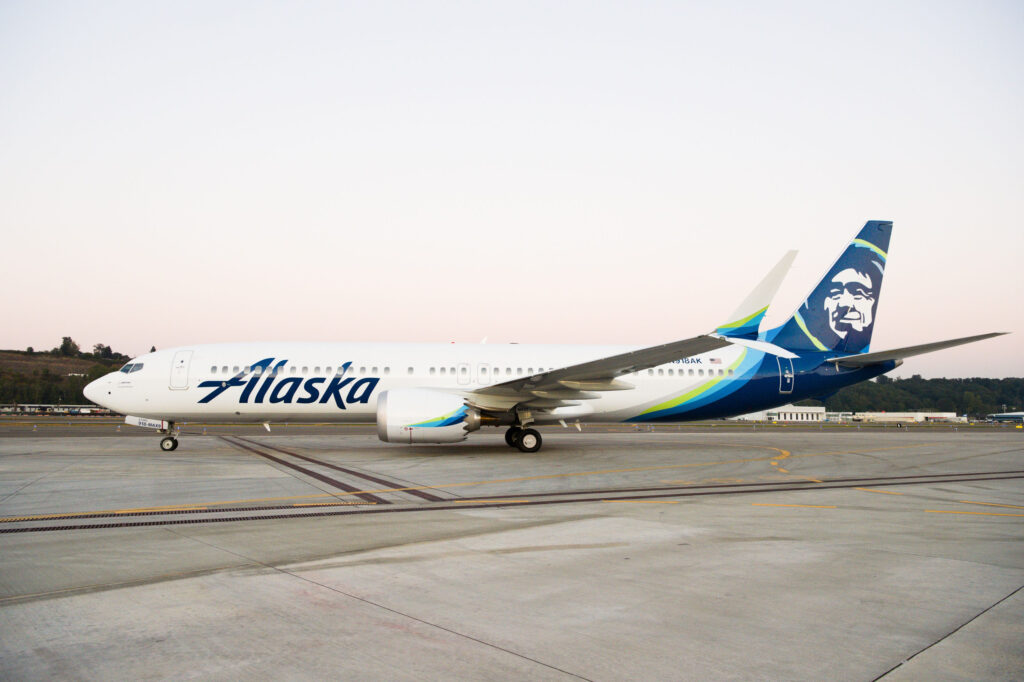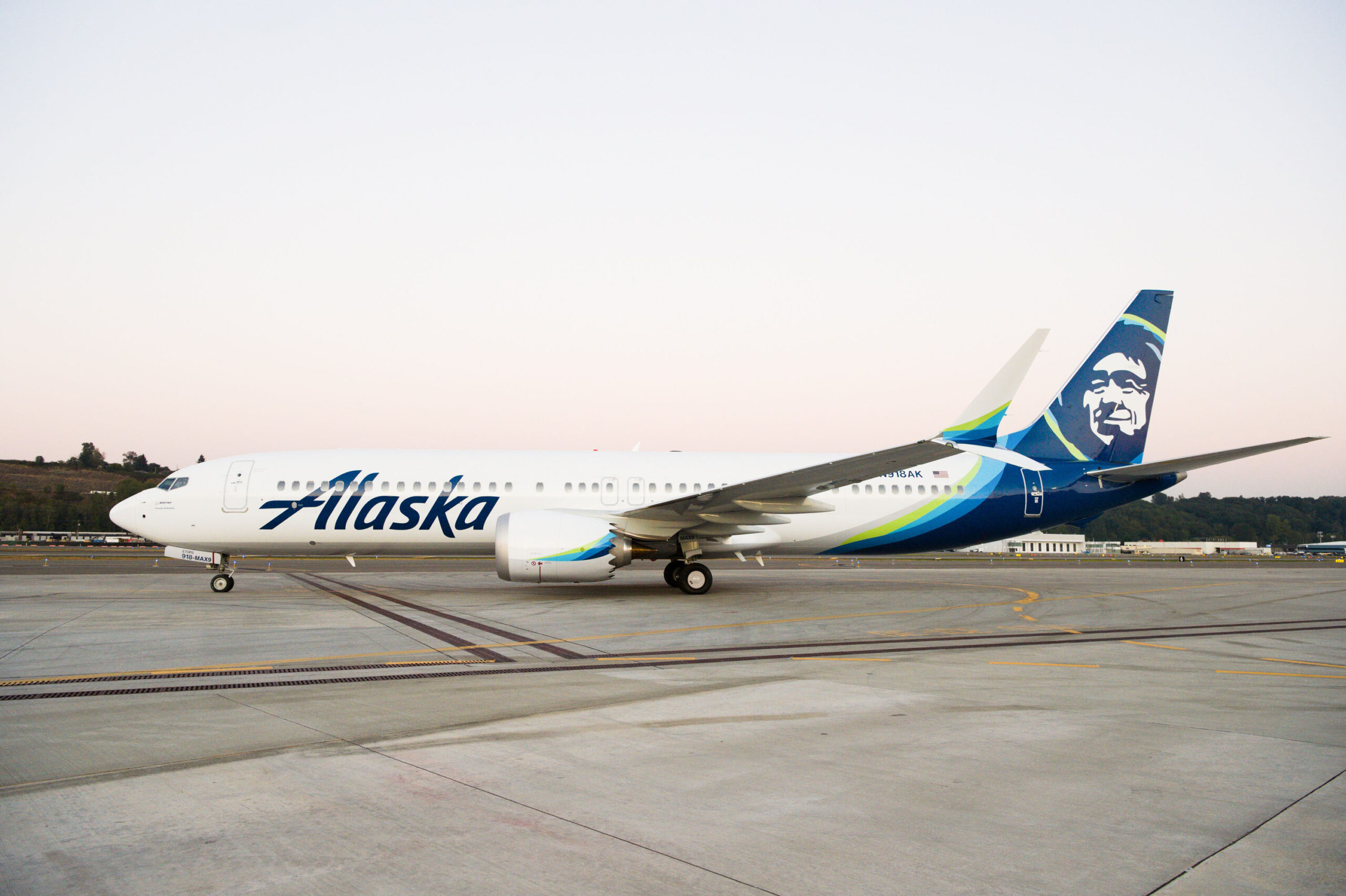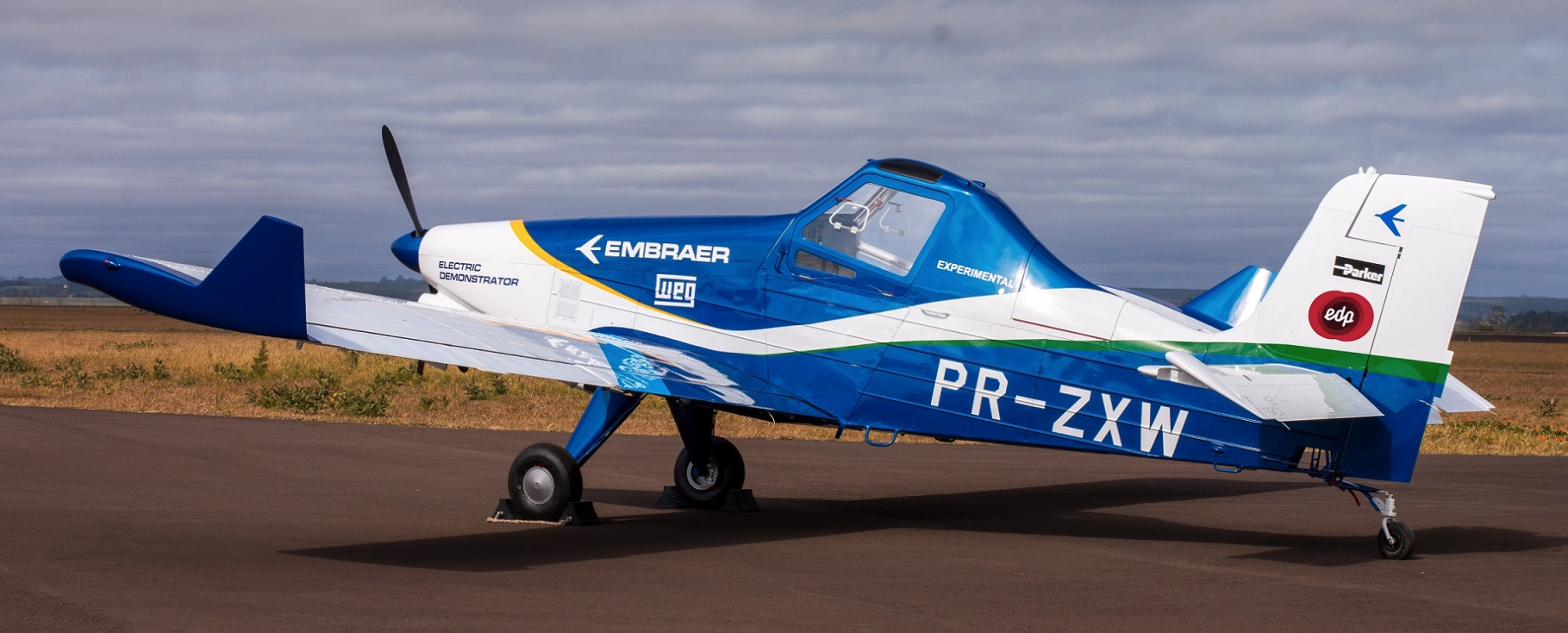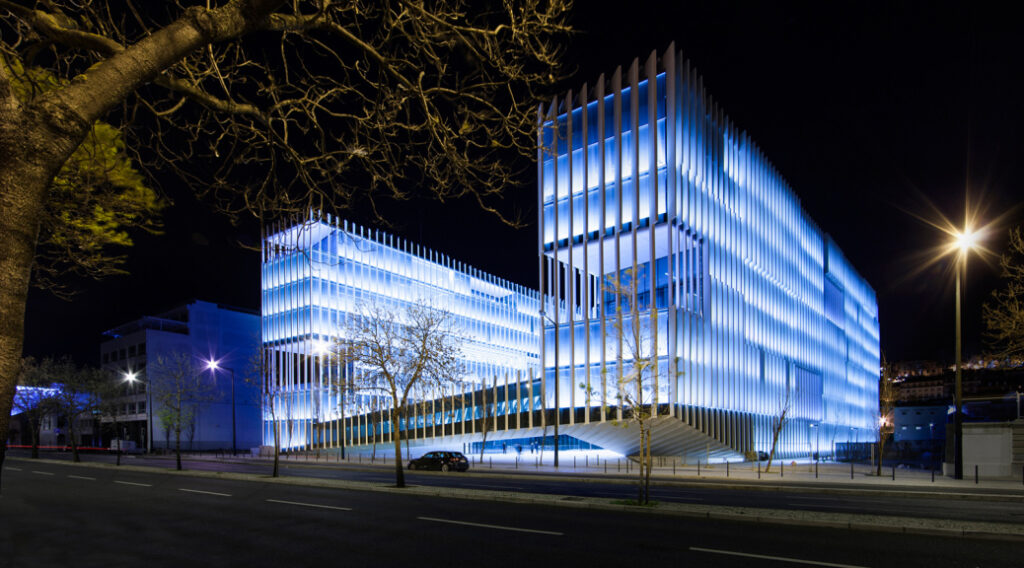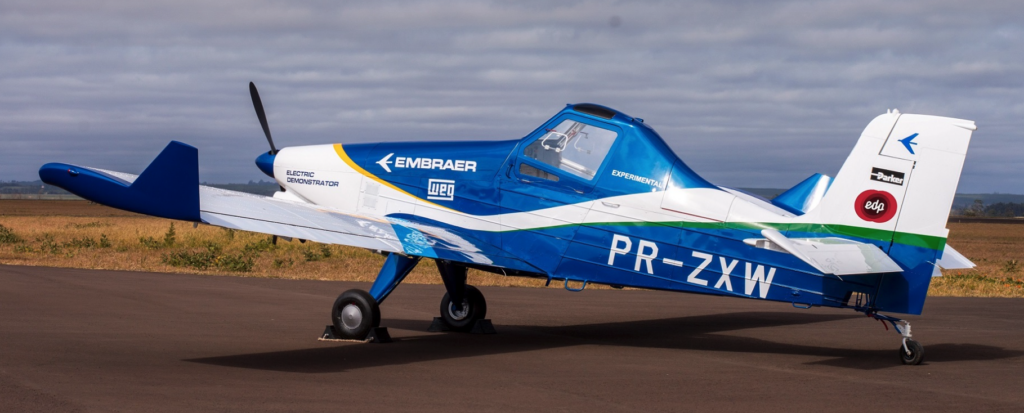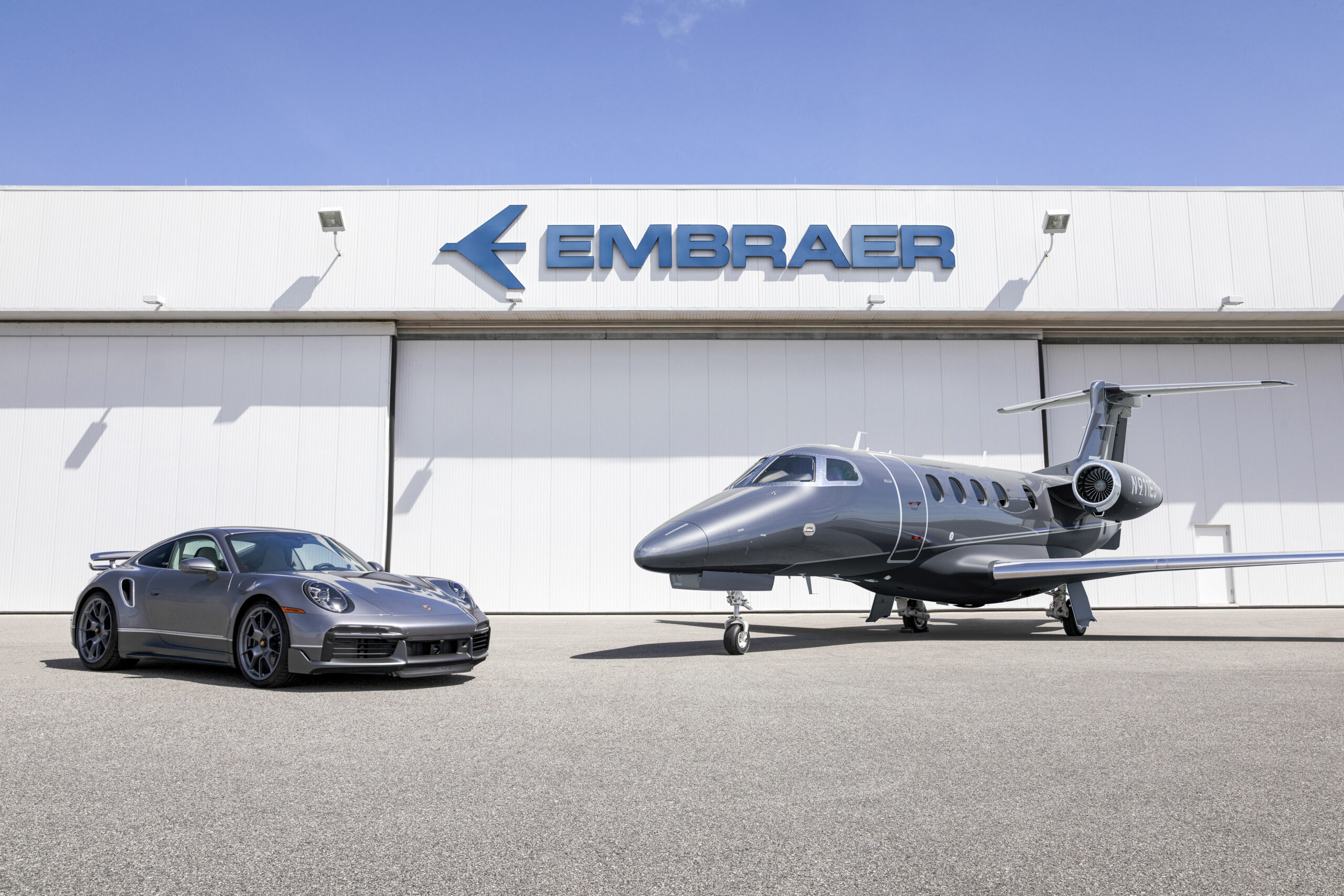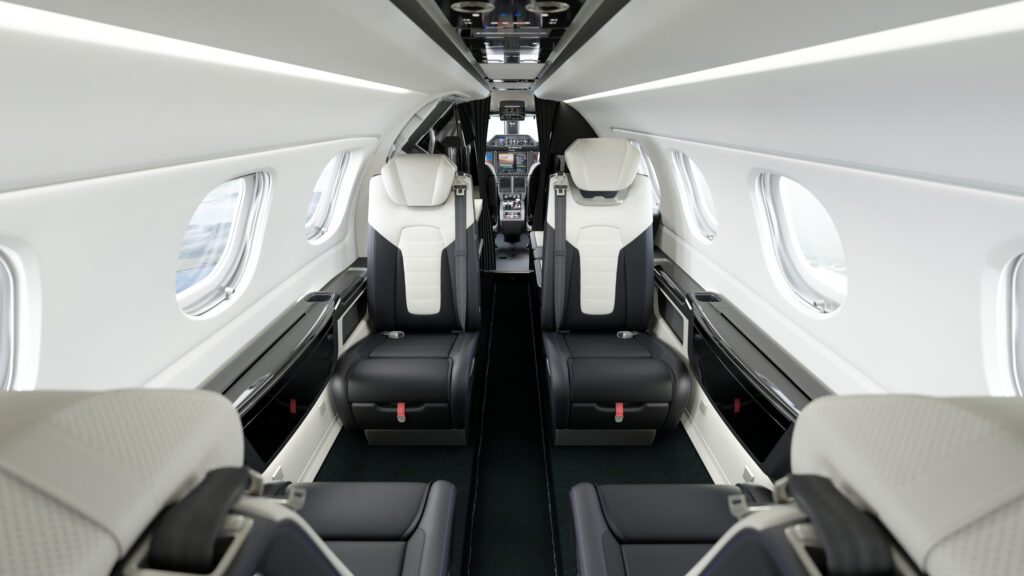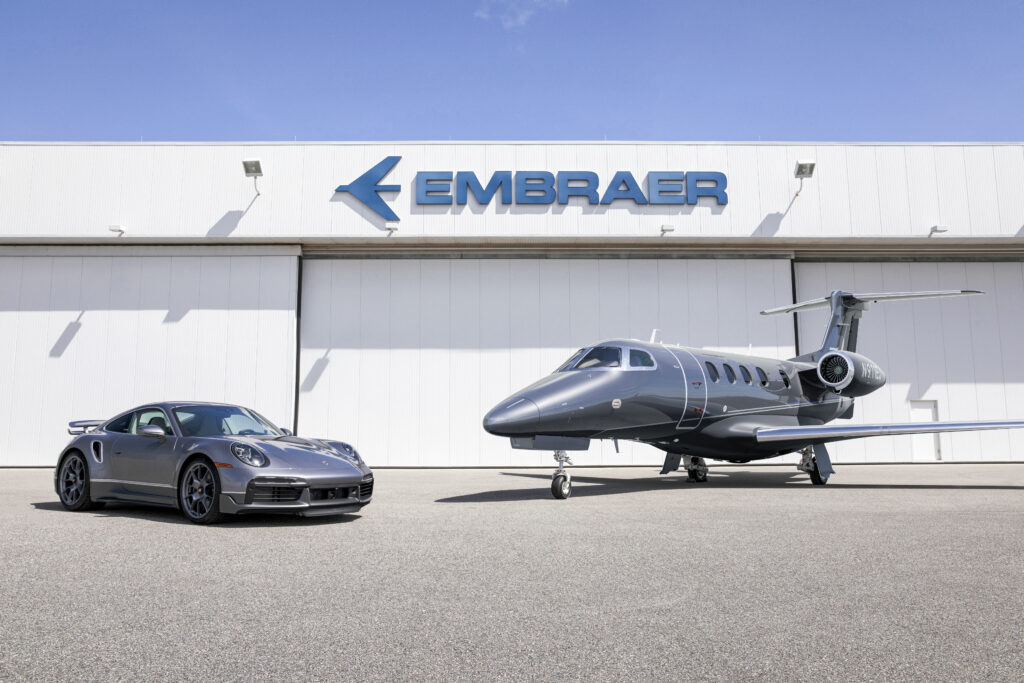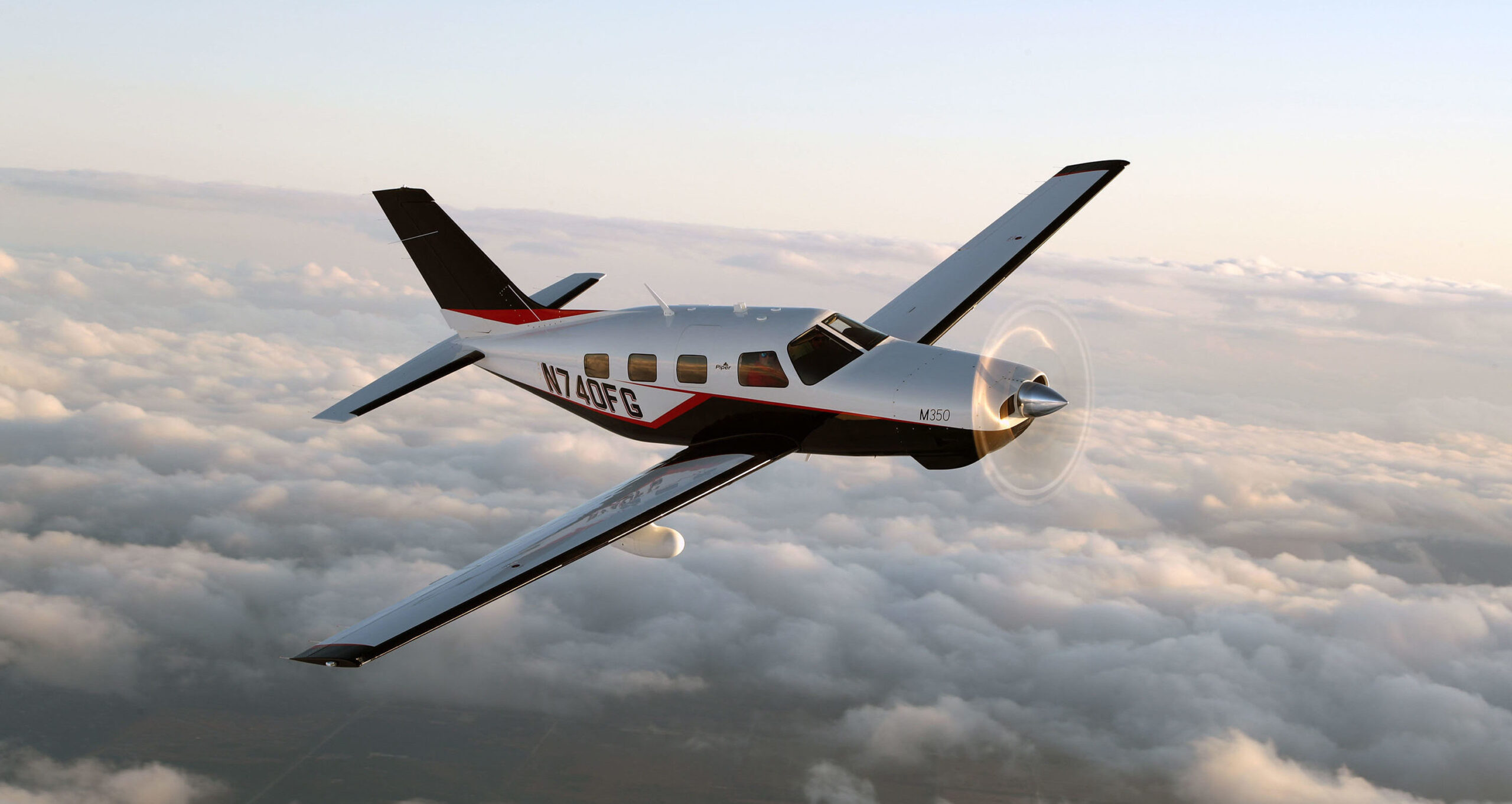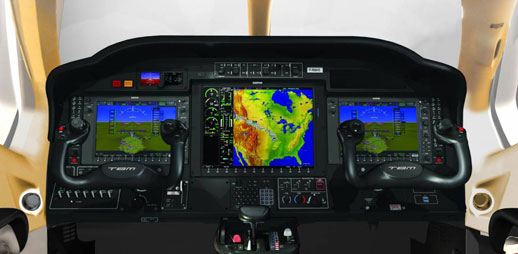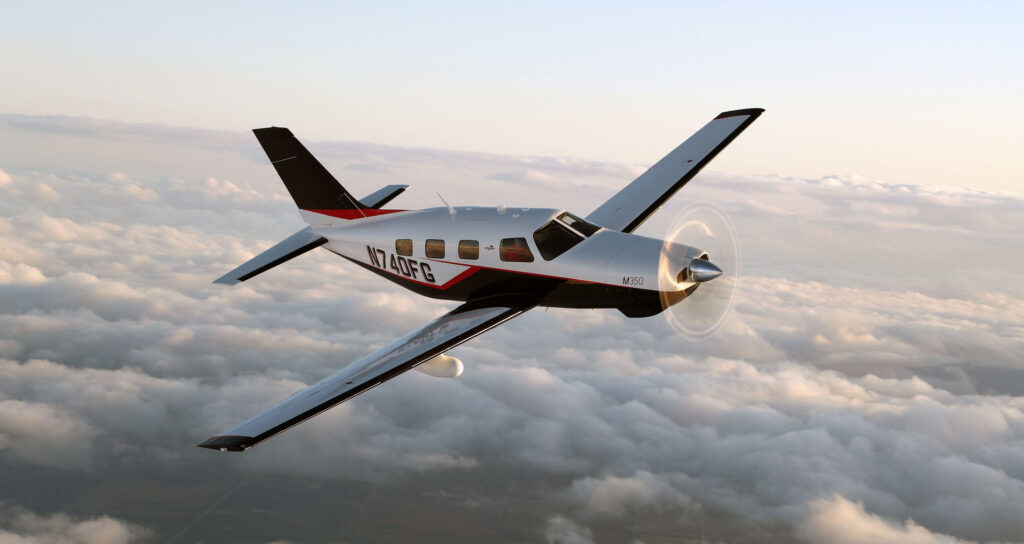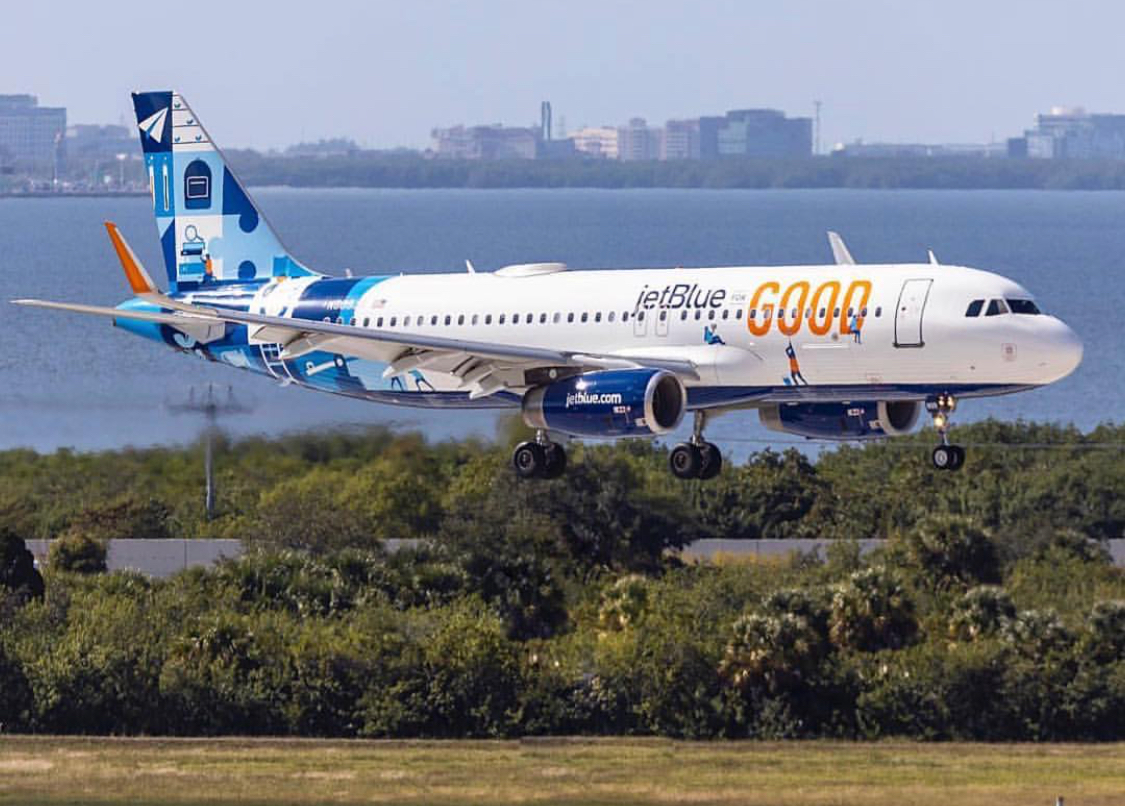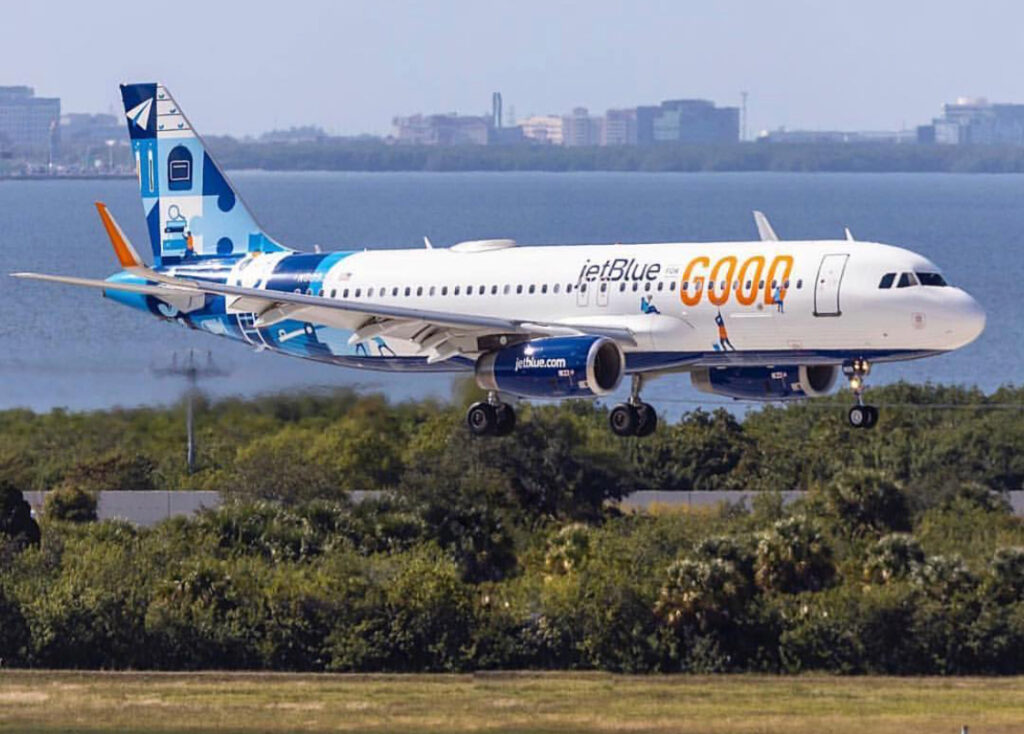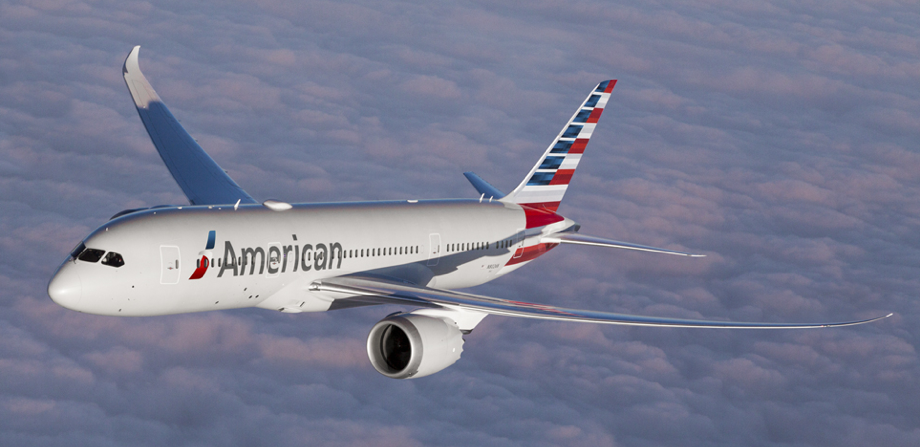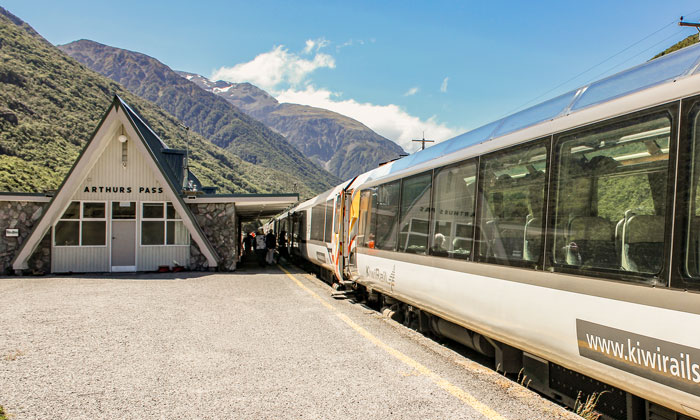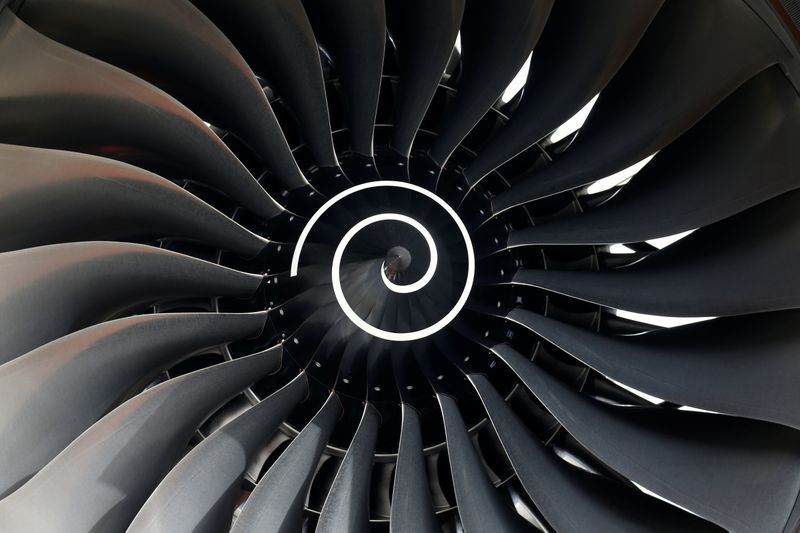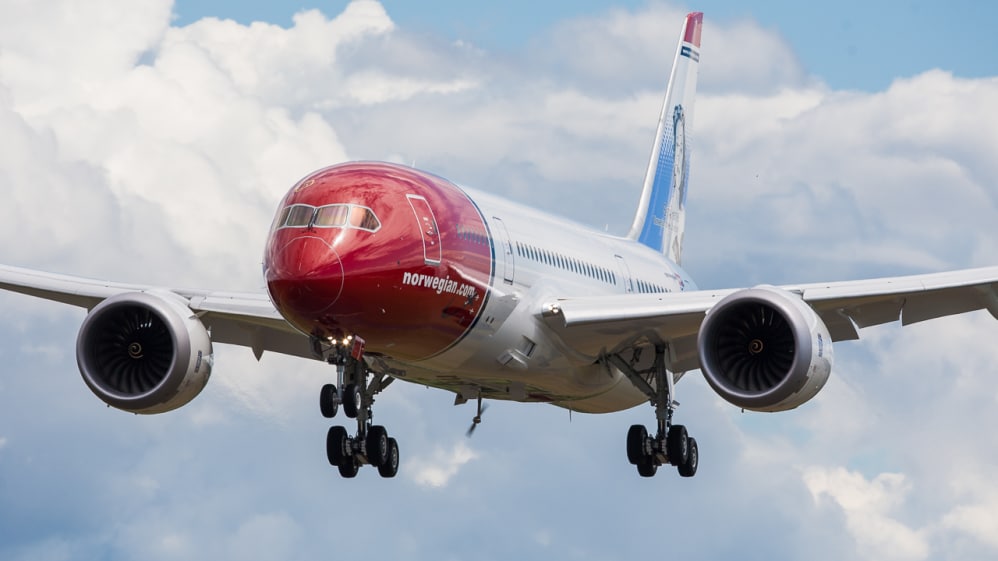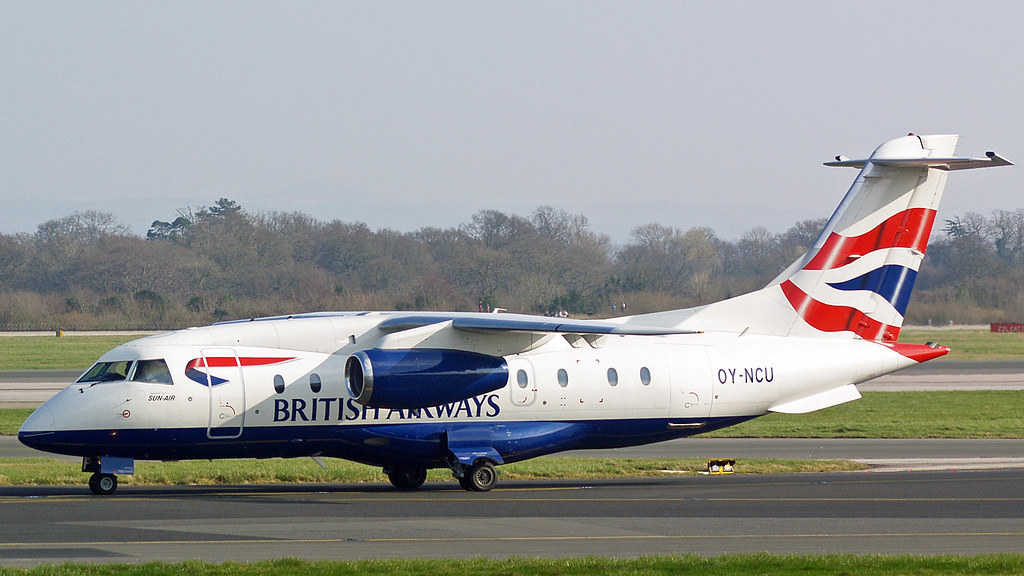
Boeing [NYSE: BA] and Alaska Airlines [NYSE: ALK] announced that the carrier is buying 23 more 737-9 airplanes, building on its original order and an agreement last month to acquire new 737-9s through lease. The new deal brings Alaska Airlines’ total 737 MAX orders and options to 120 airplanes, which will give the fifth largest U.S. carrier the scale, efficiency and flexibility to expand as air travel recovers.
“We are extremely proud to be announcing this transformative agreement with Boeing,” said Brad Tilden, CEO of Alaska Air Group. “We believe in this airplane, we believe in our strong partnership with Boeing, and we believe in the future of Alaska Airlines and the incredible opportunities ahead as we climb our way out of this pandemic.”
Alaska Airlines, a longtime Boeing 737 operator, placed an order for 32 737-9 jets in 2012 as part of its fleet modernization program. The 737-9 is a member of the 737 MAX family that is designed to offer more fuel efficiency, reliability and flexibility in the single-aisle airplane market. Last month, Alaska Airlines announced it is expanding its commitment to the 737 MAX program by leasing 13 new 737-9s while selling some A320 jets it had taken on through its acquisition of Virgin America.
The new agreement announced today will add 23 firm orders for the 737-9 and more options for future purchases. In all, Alaska will have 52 options which, if fully exercised, would take the carrier to as many as 120 737 MAX airplanes. The airline said the deal moves it toward a more efficient, all-Boeing mainline fleet that will “enhance the guest experience, improve operational performance and support the company’s growth.”
“We could not ask for a better partner than Boeing and we are delighted to be standing side by side with them as we work together to get our economy back on its feet,” said Tilden.
Alaska Airlines and Boeing leaders announced the agreement during a signing ceremony at Boeing’s delivery facility in Seattle, flanked by a new 737-9 that will be among the first such jets to be operated by Alaska Airlines. In observance of COVID-19 restrictions, both companies limited attendance at the event and addressed the pandemic that has severely affected air travel, expressing confidence in the fundamental strength of the industry and long-term passenger demand.
“Alaska Airlines has done a tremendous job of weathering the impacts from the COVID-19 pandemic, and is well positioned to return to its growth trajectory and strengthen its standing as one of the top U.S. airlines. With Alaska’s industry-leading reputation for safety, sustainability and customer service, we are honored they have chosen to invest in their future with a significant purchase of additional Boeing 737 airplanes,” said Stan Deal, president and CEO of Boeing Commercial Airplanes. “We are grateful for Alaska’s trust and partnership. Our team is focused on delivering their first 737 MAX jets and helping ensure a safe and seamless entry into service.”
Alaska Airlines says the 737 – equipped with new, more fuel-efficient engines and improved aerodynamics – will use 20% less fuel and reduce emissions by 20% per seat compared to airplanes it replaces. The airline will configure the jet with 178 seats in a three-class configuration. The plane can fly 3,550 nautical miles, about 600 miles more than its predecessor. This additional capability will allow airlines to offer new and more direct routes to passengers. Every airplane will feature the new Boeing Sky Interior, highlighted by modern sculpted sidewalls and window reveals, LED lighting that enhances the sense of spaciousness and larger pivoting overhead storage bins.
Learn more about Alaska’s confidence in the safety and certification of the MAX at alaskaair.com/737MAX.
Total orders: 68 737 MAX Aircraft
| Status | Announcement Date | Number of Aircraft |
| Existing Order | October 2012 | 32 |
| Separate Lease Agreement | November 2020 | 13 |
| New Order | December 2020 | 23 |
Total options: 52 737 MAX Aircraft
| Status | Announcement Date | Number of Aircraft |
| Existing Order | October 2012 | 37 |
| New Order | December 2020 | 15 |
